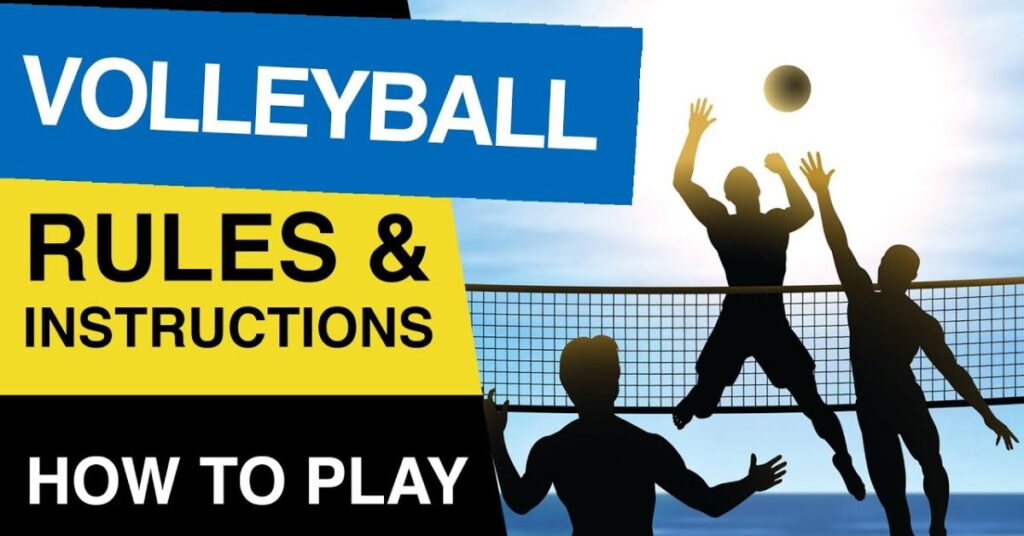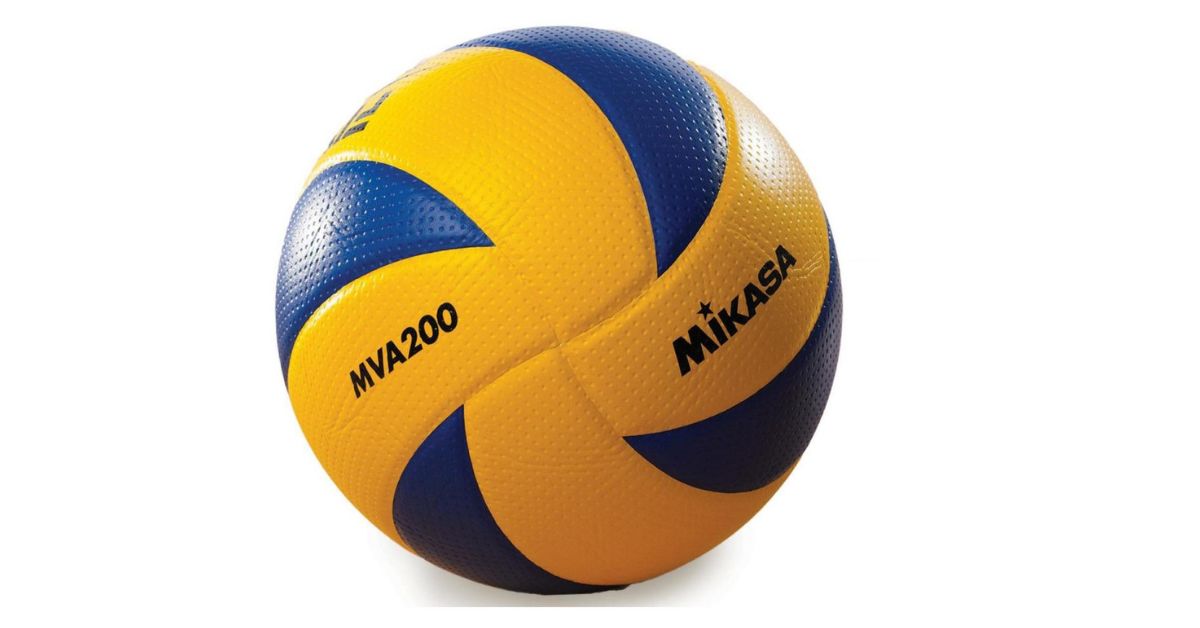Dive into the exhilarating world of volleyball with our comprehensive guide. Discover the secrets behind the ball:t9p9z5kgimw= volleyball, a game-changer in the sport. From casual players to aspiring pros, this guide offers something for everyone.
Uncover the rich history, master essential techniques, and explore winning strategies. Learn why this specific volleyball model is revolutionizing courts worldwide.
Whether you’re spiking on the beach or serving indoors, prepare to elevate your game. Get ready to bump, set, and spike your way to volleyball excellence with our ultimate guide.
Overview and History Of Volleyball
It is a popular team sport enjoyed by millions worldwide. It was invented in 1895 by William G. Morgan in Holyoke, Massachusetts. Morgan, a YMCA physical education director, created the game as a less strenuous alternative to basketball.
The sport quickly gained popularity and spread across the United States. By the early 1900s, volleyball had reached international shores. It made its Olympic debut in 1964 at the Tokyo Games.
Today, This is played in various forms, including indoor, beach, and grass volleyball. The sport continues to evolve, with new techniques and strategies emerging regularly. Volleyball’s popularity stems from its accessibility and the blend of teamwork, athleticism, and strategy it requires.
The Physical and Mental Health Benefits of Playing Volleyball

Volleyball offers numerous health benefits for players of all ages and skill levels. Regular participation in volleyball can improve overall fitness and well-being. The sport combines cardiovascular exercise with strength training and agility work.
Playing volleyball can enhance coordination, balance, and reflexes. It also promotes social interaction and teamwork, contributing to mental health.
Heart Health
Volleyball is an excellent cardiovascular workout. It gets your heart pumping and improves circulation. Regular play can lower the risk of heart disease and stroke.
The sport helps maintain healthy blood pressure levels. It also boosts stamina and endurance over time.
Muscle Strength
Playing volleyball engages multiple muscle groups simultaneously. It strengthens the arms, shoulders, and chest through hitting and blocking. Leg muscles get a workout from jumping and quick movements.
Core muscles are constantly engaged for balance and power. Regular play can lead to increased overall muscle tone and strength.
Weight Control
Volleyball is an effective calorie-burning activity. A typical game can burn hundreds of calories per hour. The sport helps maintain a healthy body weight when combined with proper nutrition.
It boosts metabolism, aiding in weight management even after playing. This is also fun nature makes it easier to stick to a regular exercise routine.
Mental Sharpness
Volleyball requires quick thinking and decision-making. It improves cognitive function and mental acuity. The sport enhances concentration and focus skills. Playing volleyball can reduce stress and anxiety levels. It promotes better sleep patterns, contributing to overall mental well-being.
Important Rules to Play the Volleyball

Understanding the rules is crucial for enjoying and excelling in volleyball. The basic objective is to send the ball over the net and ground it on the opponent’s court. Each team is allowed three touches to return the ball.
Players must not catch or throw the ball. The ball must be hit cleanly. A point is scored on every serve for the winning team of a rally. Games are typically played to 25 points, with a two-point lead needed to win.
Important Rules to Play Volleyball:
- Six players per team on the court at a time.
- Players rotate positions clockwise after winning back a serve.
- The ball may touch any part of the body.
- A player must not touch the net during play.
- The ball can be played off the net during a volley and on a serve.
- A player must not reach under the net and touch the ball or a player on the opposing team.
- Back-row players cannot spike the ball from in front of the attack line.
- A serve must be hit cleanly and not caught or thrown.
- Each team is allowed three touches to return the ball over the net.
- The ball must not come to rest during contact.
Read This Blog: Why Was Recurbate Taken Down?
Tips and Tricks to Improve Your Skill in VolleyBall
Improving your volleyball skills requires practice, dedication, and proper technique. Focus on mastering the fundamental skills of serving, passing, setting, and spiking. Develop good footwork and positioning on the court.
Practice regularly to improve your ball control and accuracy. Work on your vertical jump to enhance your attacking and blocking abilities. Study the game and learn from experienced players and coaches.
Master the Basic Positions
Learn the roles and responsibilities of each position. Understand how to play as a setter, hitter, libero, and middle blocker.
Practice transitioning between positions during play. Develop communication skills with your teammates on the court. Study professional players in your preferred position for inspiration.
Perfect Your Serve
Practice different types of serves, including floater and jump serves. Focus on accuracy and consistency in your serving technique.
Develop a pre-serve routine to improve concentration. Work on adding power to your serve without sacrificing control. Practice serving to specific zones on the court.
Improve Your Passing Technique
Master the proper form for both forearm and overhead passes. Practice passing from various angles and distances.
Work on your footwork to get into the correct passing position. Develop your ability to read the opponent’s attacks. Practice passing drills with a partner or against a wall.
The Best Strategies Used for ball:t9p9z5kgimw= volleyball
Successful volleyball teams employ various strategies to outmaneuver their opponents. One common strategy is the 5-1 formation, utilizing one setter and five hitters. The 6-2 formation, using two setters, is another popular option.
Teams often use specialized defensive formations like perimeter defense or rotation defense. Offensive strategies may include quick attacks, slides, and combination plays. Serving strategies can target specific opponents or areas of the court. Effective communication and teamwork are crucial for executing any strategy successfully.
Read This Blog: GDP – Deleted Scene – E355: A Hidden Chapter In Economic Storytelling
A Whole Guide to Volleyball Tournaments and Leagues
Participating in volleyball tournaments and leagues can greatly enhance your playing experience. Tournaments offer intense competition and the chance to play multiple games in a short period.
Leagues provide regular play and the opportunity to develop team chemistry over a season. Both formats allow players to test their skills against various opponents.
Types of Volleyball Tournaments
- Single Elimination: Teams are eliminated after one loss.
- Double Elimination: Teams are eliminated after two losses.
- Round Robin: Each team plays every other team once.
- Pool Play: Teams are divided into groups, with top teams advancing.
- King of the Court: Continuous play with teams rotating based on wins.
How to Join a League?
Research local volleyball leagues in your area. Contact league organizers for registration information and deadlines. Determine your skill level and find an appropriate league. Gather a team or inquire about joining as an individual player.
Pay any required fees and complete necessary paperwork. Attend league meetings and orientation sessions if available.
Rules for Tournament Play
Tournament rules may vary slightly from regular play. Time limits are often imposed on matches. Scoring systems may differ (e.g., rally scoring to 21 points).
Specific uniform requirements may be in place. Player substitution rules might be more strict. Warm-up times between matches are usually limited.
Preparing Your Team
Develop a consistent practice schedule leading up to the event. Focus on team chemistry and communication during practices. Work on specific strategies for tournament play.
Ensure all players are familiar with tournament rules and format. Pack necessary equipment, including extra uniforms and volleyballs. Plan for proper nutrition and hydration during the event.
Comparing the Ball Volleyball to Other Models

The ball:t9p9z5kgimw= volleyball offers unique features compared to other volleyball models. Its design prioritizes consistency and performance across various playing conditions.
The ball’s texture provides excellent grip and control for players. Its weight and size meet official regulations for competitive play. The ball’s durability ensures it can withstand intense gameplay and frequent use.
Why the Ball Volleyball Is a Great Choice
- Superior grip and control for better handling.
- Consistent performance in different weather conditions.
- Meets official size and weight requirements for competitive play.
- Durable construction for long-lasting use.
- Suitable for both indoor and outdoor volleyball.
- Offers good visibility during play.
- Provides a consistent bounce for predictable gameplay.
- Available in different colors to suit player preferences.
- Affordable option for teams and recreational players.
- Backed by positive reviews from players and coaches.
Frequently Asked Questions
What is ball volleyball?
Ball volleyball refers to the sport of volleyball played with a specific type of ball designed for optimal performance and adherence to official regulations.
How many players are on each team?
In standard indoor volleyball, each team has six players on the court at a time. Beach volleyball is typically played with two players per team.
What’s the main goal of the game?
The main goal of volleyball is to send the ball over the net and ground it on the opponent’s court while preventing the opposing team from doing the same.
Can you catch the ball?
No, catching or throwing the ball is not allowed in volleyball. Players must hit the ball cleanly, making contact brief and instantaneous.
How do you score points?
Points are scored on every serve, regardless of which team served. A team scores a point when the ball touches the ground in the opponent’s court or when the opposing team commits a fault.
Conclusion
Volleyball is a dynamic and engaging sport that offers numerous benefits to players of all skill levels. From its rich history to the physical and mental health advantages it provides, volleyball continues to captivate athletes and spectators worldwide.
Understanding the rules, mastering fundamental skills, and employing effective strategies are key to enjoying and excelling in the game. Whether participating in casual games, joining local leagues, or competing in tournaments, volleyball offers endless opportunities for personal growth and team accomplishment.
The ball:t9p9z5kgimw= volleyball stands out as an excellent choice for players seeking consistent performance and durability in their equipment. As you embark on your volleyball journey, remember that practice, dedication, and a positive attitude are essential ingredients for success on the court. Embrace the challenges, celebrate the victories, and enjoy the camaraderie that volleyball brings to your life.

I’m Shoaib, a passionate blogger with 5 years of experience. I love writing about tech. My goal is to share useful information and insights with you. Explore my website to discover exciting content on various topics!




